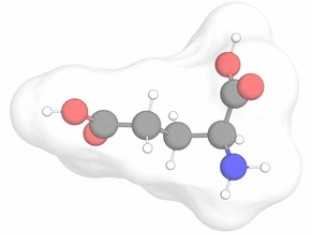Amino acid quantitative analysis plays a crucial role in studying plant growth and development, metabolic regulation, and response to environmental changes. Lifeasible provides advanced and reliable amino acid quantitative analysis services, and we pay great attention to the sensitivity and accuracy of amino acid quantitative analysis and are committed to promoting the continuous development of plant science research.

HPLC is one of the most widely used methods for amino acid content determination. The method separates different kinds of amino acids through the interaction between the sample and the stationary phase in the column and quantitatively determines the content of various amino acids by detecting their retention time under specific conditions. HPLC can quantitatively determine different kinds of amino acids with high sensitivity and accuracy.
The primary application of GC is the identification of volatile amino acids. GC uses a detector to determine the amino acid content and separates the samples based on their varying retention times in the column. This method's great sensitivity and quick detection are its advantages. Methionine and cysteine are examples of volatile amino acids that can be detected by GC.
CE divides amino acids according to how quickly they migrate in an electric field. By measuring the migration duration and peak area of amino acids in the capillary, it may quantitatively ascertain their content. CE is distinguished by its excellent resolution, good separation, and low sample volume requirements.
 Fig.2 Our service process. (Lifeasible)
Fig.2 Our service process. (Lifeasible)
Amino acid is a collective term for a class of organic compounds containing amino and carboxyl groups, which are the basic units of enzymes and proteins in living organisms and are closely related to the life activities of living organisms. Lifeasible provides amino acid quantification services with higher sensitivity, accuracy, and efficiency. If you are interested, please feel free to contact us.